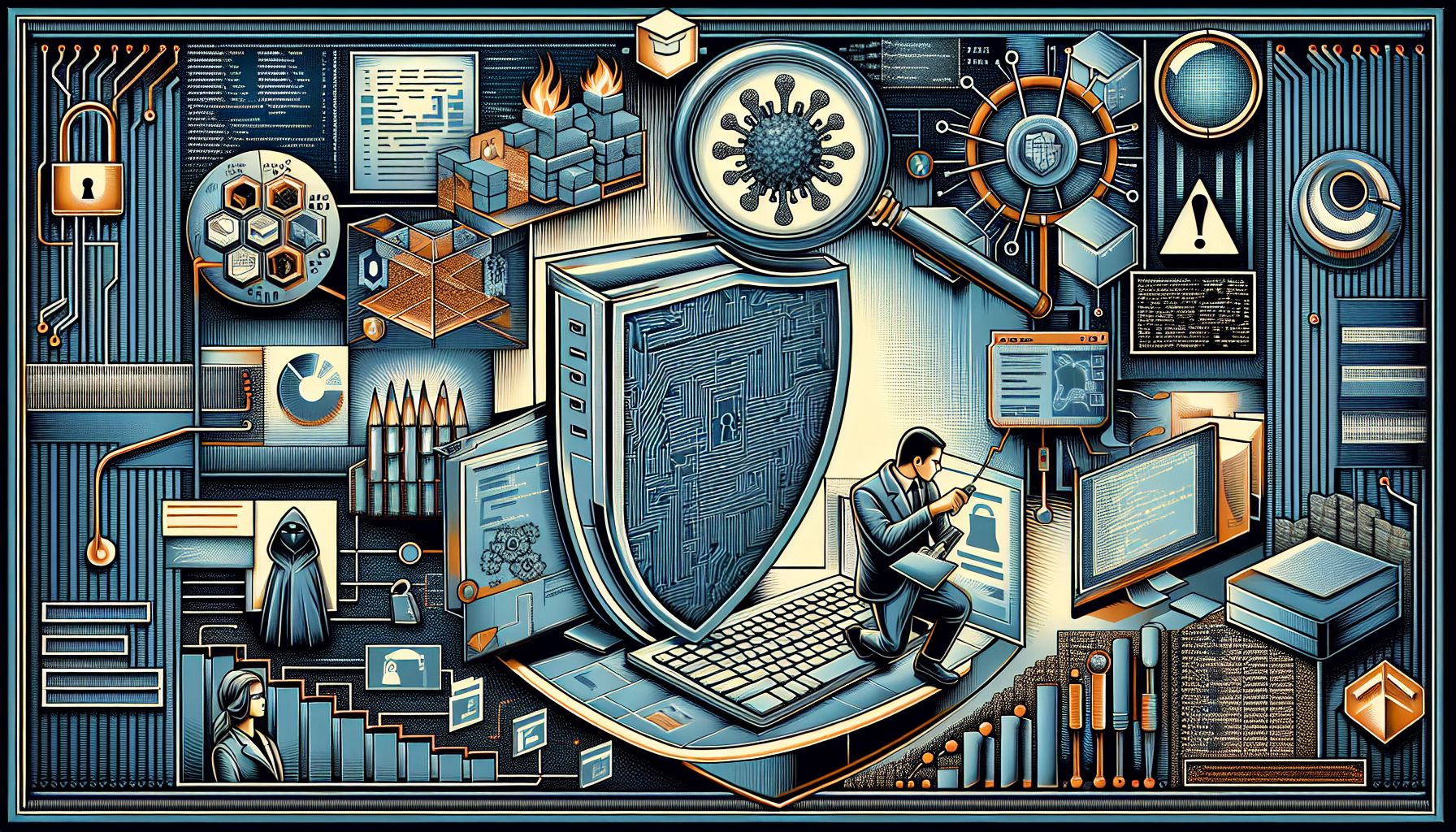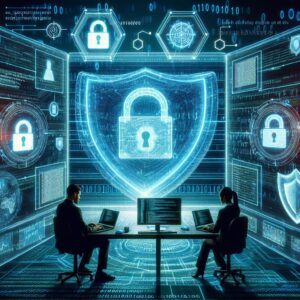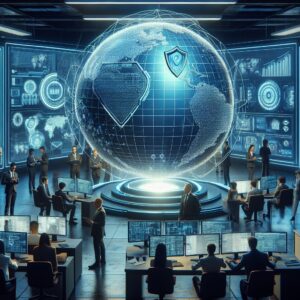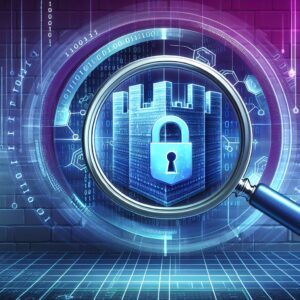In today’s increasingly digital world, cyber security and computer forensics play a crucial role in protecting our data and identities. As technology continues to advance, so do the capabilities of cyber criminals. It is more important than ever for individuals and organizations to be aware of the risks and take proactive steps to mitigate them.
Introduction
Cyber security is the practice of protecting computers, servers, mobile devices, networks, and data from malicious attacks. These attacks can come in many forms, including viruses, malware, phishing emails, and ransomware. Computer forensics, on the other hand, is the process of collecting, analyzing, and preserving digital evidence to investigate cyber crimes and other incidents.
Why Cyber Security Matters
Cyber attacks can have devastating consequences for individuals and organizations. Personal information such as social security numbers, credit card details, and passwords can be stolen and used for identity theft. Businesses can suffer financial losses, reputational damage, and legal consequences as a result of a data breach.
In addition to these risks, cyber attacks can also have national security implications. Critical infrastructure, such as power plants, hospitals, and government agencies, are potential targets for cyber terrorists and foreign adversaries. The consequences of a successful attack on these systems could be catastrophic.
How Cyber Security Works
Cyber security professionals use a variety of tools and techniques to protect against cyber attacks. Firewalls, antivirus software, and intrusion detection systems are just a few examples of the technologies used to safeguard networks and devices. Regular software updates and security patches are also essential to address vulnerabilities and prevent exploitation.
In the event of a cyber attack, computer forensics can help investigators identify the perpetrators and gather evidence for legal proceedings. This process involves collecting data from digital devices, analyzing the information, and presenting findings in a court of law. Computer forensics can also be used to recover lost or deleted data, investigate insider threats, and ensure compliance with industry regulations.
Best Practices for Cyber Security
To protect yourself and your organization from cyber threats, it is important to follow best practices for cyber security. This includes using strong, unique passwords for all accounts, enabling two-factor authentication whenever possible, and being cautious about clicking on links or downloading attachments from unknown sources.
Regularly backing up your data, encrypting sensitive information, and monitoring your network for suspicious activity are also important steps to take. Training employees on cyber security best practices and conducting regular security audits can help to prevent breaches and minimize the impact of any incidents that do occur.
Conclusion
In conclusion, cyber security and computer forensics are essential components of protecting our digital world. By understanding the risks, implementing best practices, and staying vigilant, we can safeguard our data and identities from malicious actors. Whether you are an individual, a small business, or a large organization, it is important to take cyber security seriously and invest in the necessary tools and resources to defend against cyber threats. By working together and sharing information, we can create a safer and more secure online environment for everyone.




